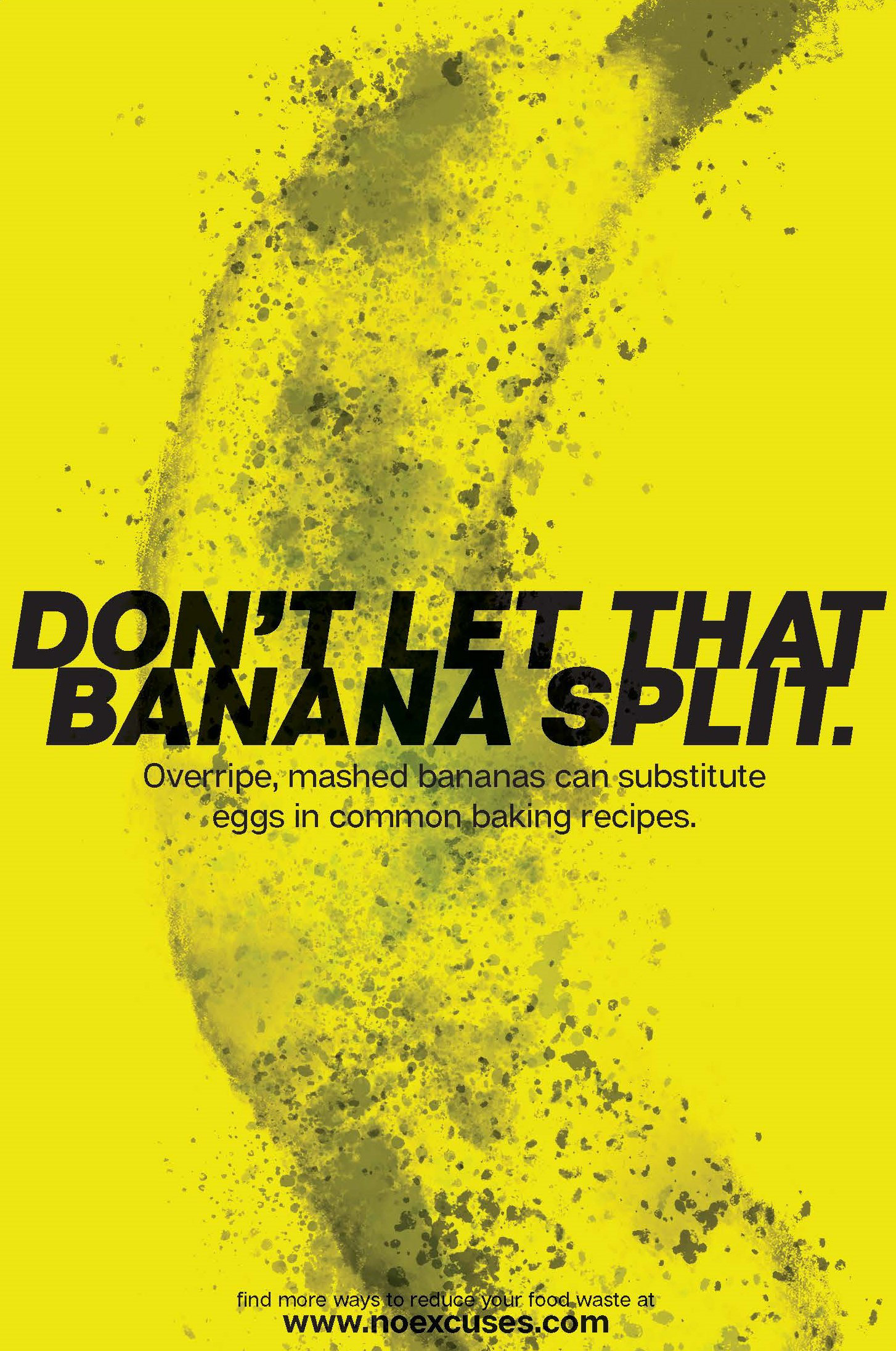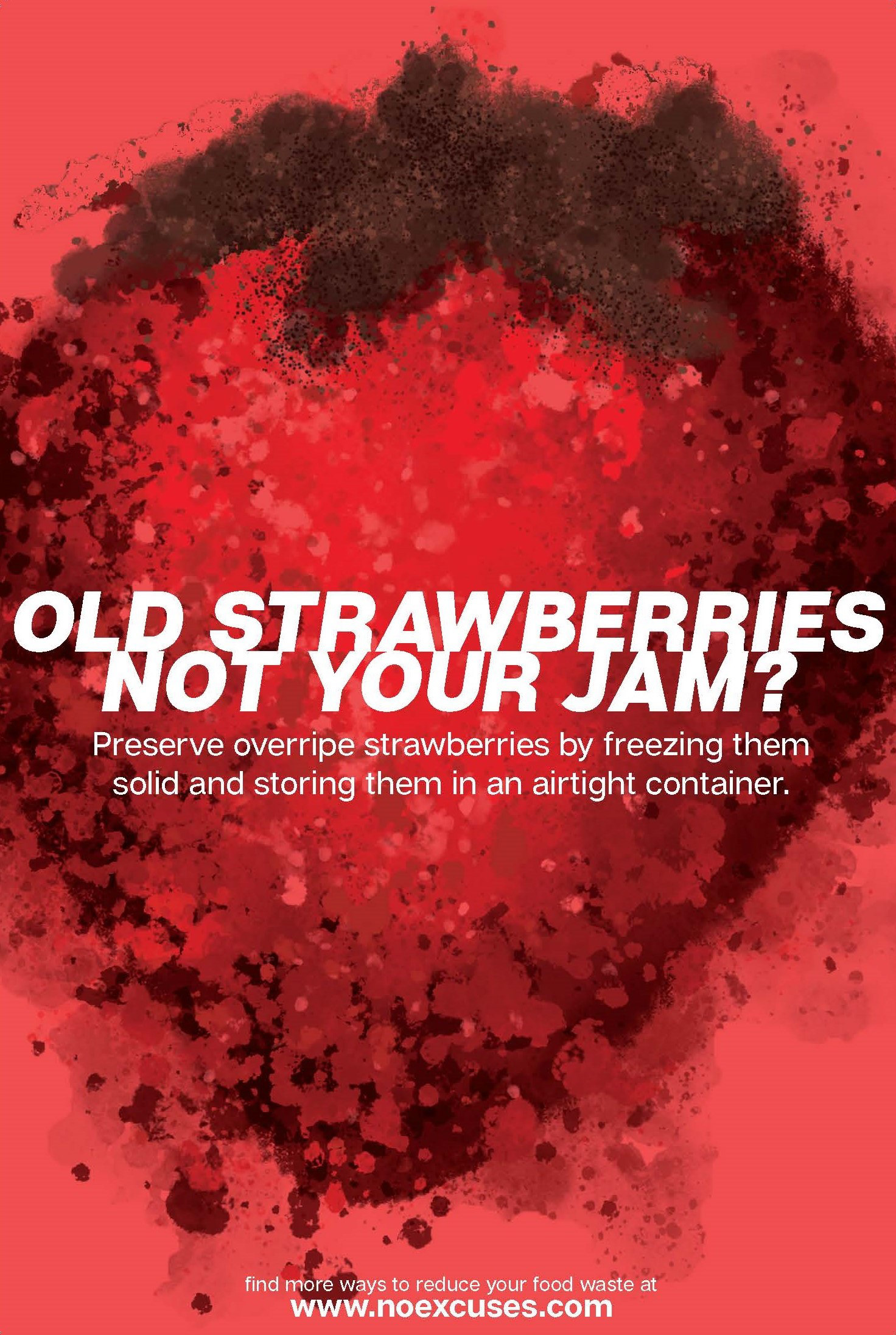This project was a call for awareness towards food waste in America. In a real-world scenario, this project would lead to implementing a program in big cities to reduce food waste and encourage composting.
It began with a statistic. That statistic led to an infographic, that infographic to call-to-action posters, then ending with the final design deliverable. Each sub-project playing its own role in teaching the public about food waste.
The infographic acted as the initial shock factor, grabbing the attention of the public with enticing and interesting information displayed through hand drawn graphics.
The call to action encourages the public that there are steps to be taken, by them specifically. That this problem can only be solved with their help. It is an urgent and compelling push to get involved. It is an opportunity for the public to play an active role in something they find important.
With strong typography and loud colors, these posters were useful in grabbing the viewers’ attention and, therefore, educating them about food waste.



The final step as a result of the call to action, is the action itself. That is our design deliverable. The deliverable acts as an opportunity for people to become invested in the topic brought forth in the infographic and posters.
The composting kit would be a way for people to get started in reducing and reusing their food waste. Each kit includes soil, ground coffee, bio bags, and a composting guide. Essentially the ingrediants to help get the compost started. In order to receive a kit, they would sign up for the waste reduction program. Then, every one to two weeks, a waste truck would pick up the compost they generated and take it to a compost processing plant, or a local farm depending on the compost.



